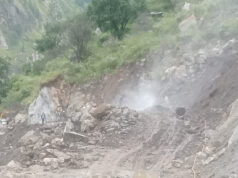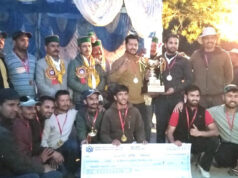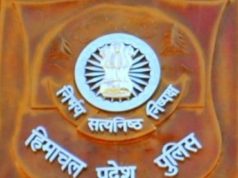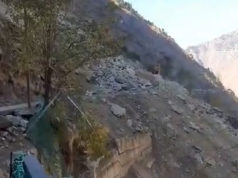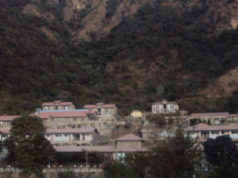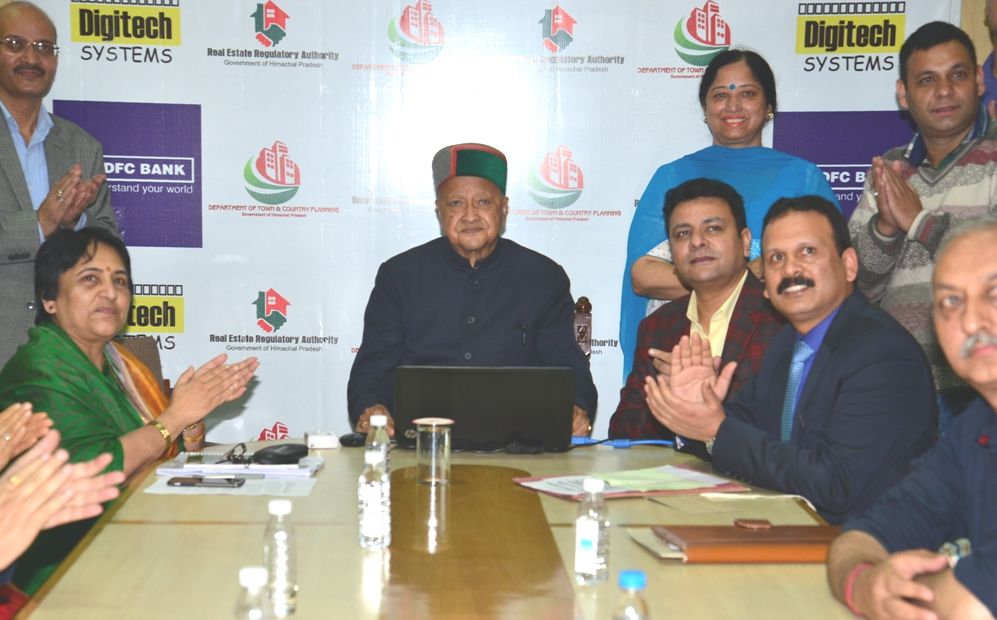Kinnaur’s sex ratio has registered a fall. Not because of obvious reasons of female foeticide or a patriarchal mindset, but surprisingly due to improved literacy rate among women of this Himachal district. Armed with good education, women in Kinnaur are moving out of the district to pursue higher education and, in turn, settling outside. On the other hand, their male counterparts prefer to stay back and join the traditional horticulture business.
This is leading to upsetting the male to female sex ratio. According to provisional Census for 2011 figures, the sex ratio in Kinnaur has gone down from 857 in 2001 to 818 in 2011. It is ranked the lowest in the state while in 2001 its rank was 10th. Director census Balbir Tegta says there has been a big jump in the literacy rate of women in the state. It was recorded at 76.60 percent in the state in 2011 as against 67.42 percent in the previous census. On the other hand, the literacy rate in Kinnaur is 80.77 percent – 88.37 for males and 71.34 for females – for a population of 84,298.
As against Kinnaur, Lahaul and Spiti, another tribal district, has seen a rise in sex ratio in the past 10 years. It has shown an improvement of 114 (916 in 2011 against 802 in 2001).
Mendhapurkar attributed the improvement in sex ratio to lack of mobility of locals outside the district due to tough topography as compared to Kinnaur. Interestingly, Lahaul and Spiti has set an example with 1,013 females per 1,000 males in the 0-6 age group – the highest in the country at the district level.


